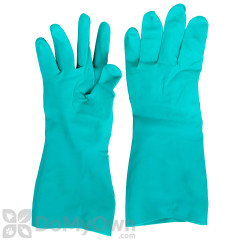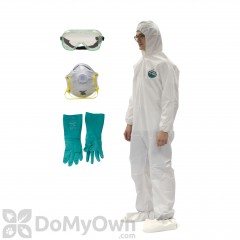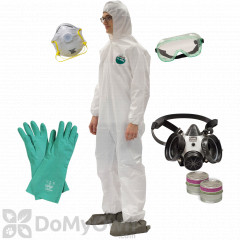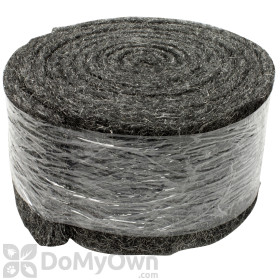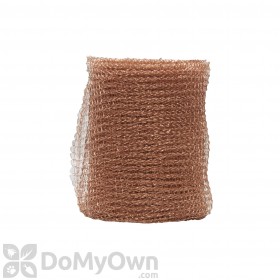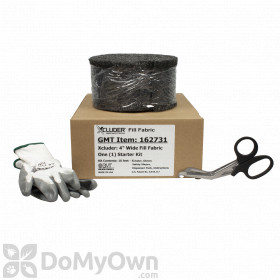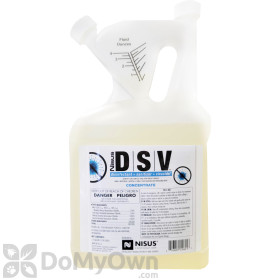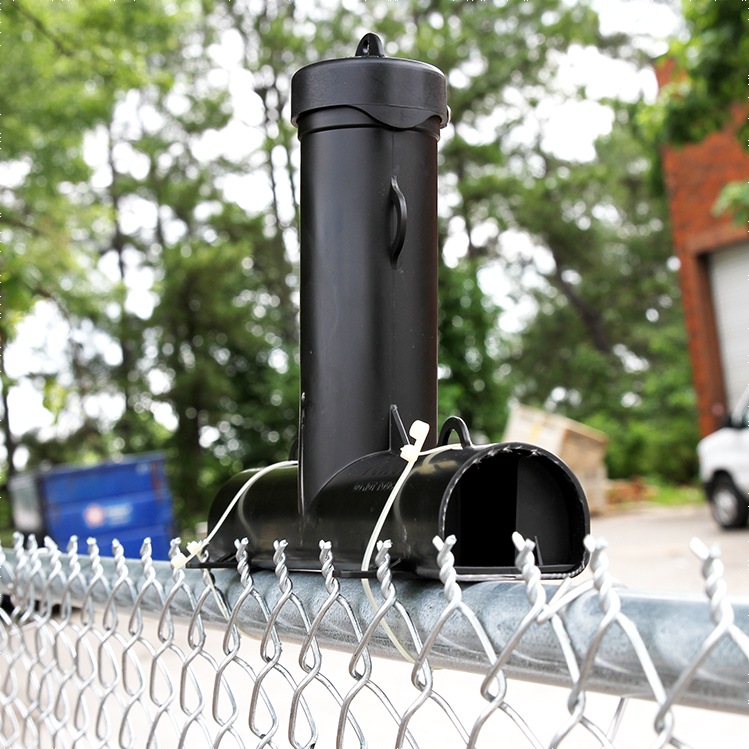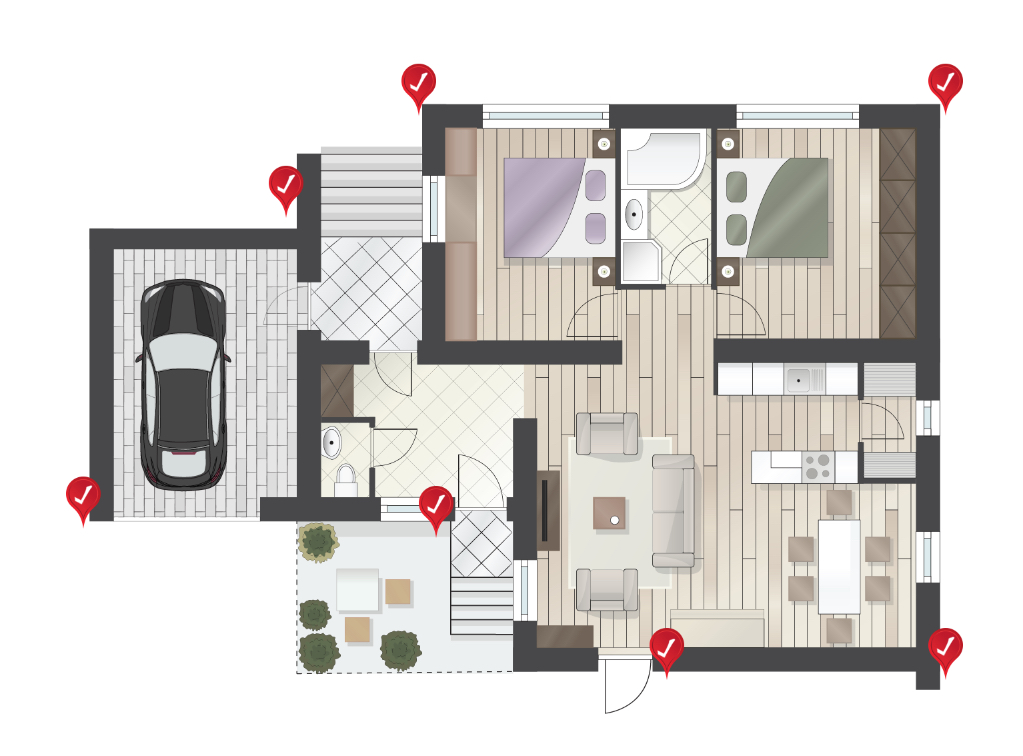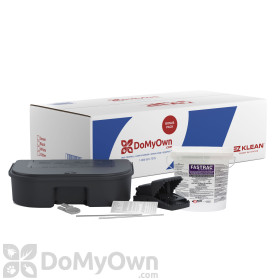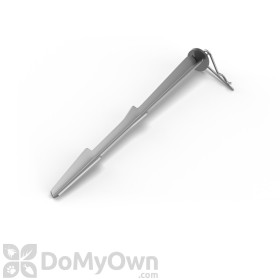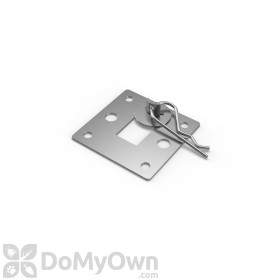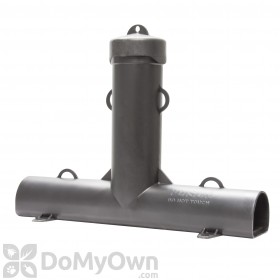Rodent Proofing, Sanitation, & Baiting
Select a method below to learn how to prevent rat infestations, or continue reading to stop infestations both ways.
Sanitation & Exclusion
Exclusion:
- Inspect the foundation all the way around the home. Any crack, gap or hole that is 1/4" or larger needs to be repaired. In holes that are 2" or smaller, Stuf-Fit Copper Mesh or other suitable should be used. In larger holes or gaps you may need to use sheet metal or hardware cloth with less than 1/4" mesh to repair the area.
- Check all doors, door frames, windows and window frames. Replace any weather stripping that does not create a tight seal. Replace any broken window panes. Replace any damaged window or door screens. Repair any gap, hole or crack around frames that are 1/4" or larger. If gnawing damage is present on doors, a metal kickplate should be installed to prevent any additional gnawing.
- Inspect the roof. Check shingles, roof ventilators and vent screens to be sure they are secure and undamaged, replacing or repairing as needed. Make sure the chimney is capped to prevent animal entry.
- Look at all utility entry points. Areas where utilities enter the home can also make easy access points for rodents. Make sure any gap or hole larger than 1/4" around the wire, cable or pipe is sealed using Stuf-Fit Copper Mesh, caulk, hardware cloth and mortar, sheet metal or other suitable material where needed.
- Pipes that run vertically up houses can be utilized by rats as direct pathways onto and into your home. You can paint a 12" band around the pipe at least 3 feet from the ground using high gloss clear paint to stop rodents from climbing. As an alternative you can place circular metal rodent guards around the pipe.
- Brick or stone houses can be very easy for rats to climb. As with pipes, you can paint a 12" band (at least 3 feet from the ground) using high gloss paint all the way around the structure to deter climbing.
- Inspect all trees and hedges near home. Any tree branches or hedges that touch or hang over the house should be cut back to prevent rodents from using them as pathways onto and into the house. Keep grass short and trim bottom of hedges or bushes to expose soil beneath and eliminate rodent harborage areas.
- Remove food and water sources when possible. Feed pets in the morning and remove any uneaten food immediately.
- Find and fix any leaking pipes or drains. Remove bird feeders if possible to eliminate the bird seed as a possible food source. Pick up any fallen fruits or nuts from fruiting trees
- Frequently clean outdoor trash cans and make sure the lids fit on tightly. Keep trashcans as far from the structure as possible
- Clean up any rodent feces and urine found during the inspection. Be sure to wear protective gloves and a respirator to avoid breathing in any fecal matter. Use a labeled disinfectant solution such as Nisus DSV to clean rodent nesting areas and entry points to get rid of any pheromones left behind that may attract future rodents
Products needed for Step 1
Outdoor Prevention Treatment
Products and tools needed:
- Tamper resistant bait stations
- Rodenticide bait blocks
- Patio Blocks (optional)
- Liquid Nails (optional)
Once you select the location for the bait station you should consider how you will anchor the station so that non-target animals and children cannot remove the station from the area. Some bait stations have accessories that can be purchased separately to anchor the stations. If you choose not to purchase an anchoring accessory or one is not available for the station you purchased, you can purchase patio blocks and a caulk adhesive from your local home improvement store. Following the directions on the caulk adhesive, attach the bait station to the patio block.
Load the rat bait blocks into the stations as directed on the product label. Check the stations once every 1 - 2 weeks and replenish the bait as needed. As long as the bait is being consumed, it is working to kill rats. Most people underestimate the rat population on their property and assume the bait is not actually killing the rats. In fact there are usually just far more rats than they guessed so more bait is being consumed. Be patient. Baits can take up to 5-10 days to kill rats after they have eaten a lethal dose of bait. It is normal not to see dead rats. When rats start feeling the effects of the bait they can return to the nesting area which is typically hidden and that is where they will succumb to the bait.
Pro Tip
If you have a roof rat infestation outdoors and you see rats crossing fences or in trees, there is a special rodent bait station called the JT Eaton Top Loader that can be anchored to the fence or tree branch to encourage the rodents to eat the bait.
